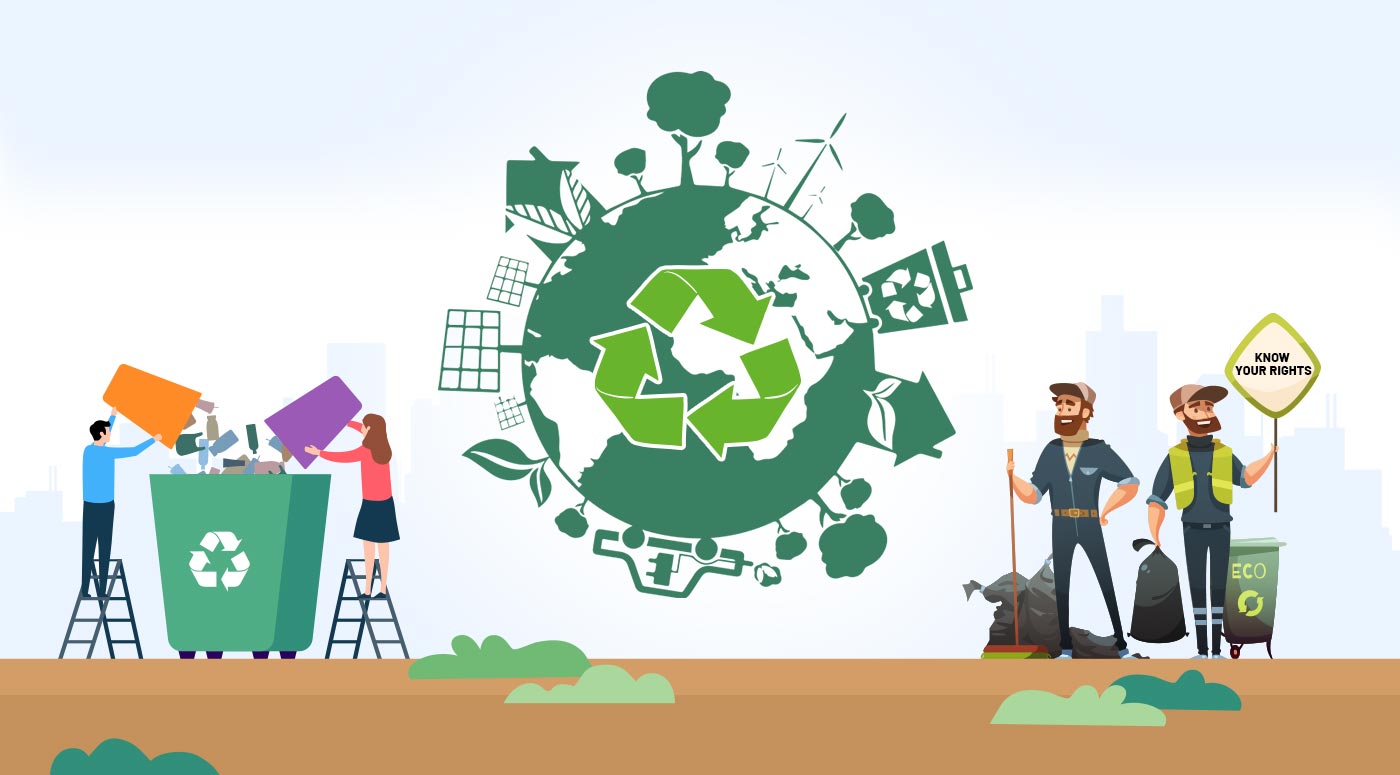
The Human Right to a Clean and Sustainable Environment
Introduction
The concept of the human right to a clean and sustainable environment holds great significance in today’s world. With the increasing threats of environmental degradation and climate change, it is crucial to explore the relevance and implications of this right. This article aims to provide a comprehensive understanding of the human right to a clean and sustainable environment, delving into its historical background, key concepts, ongoing discussions, and potential challenges in its implementation and enforcement.
Historical Background
The recognition and development of the human right to a clean and sustainable environment can be traced back to various milestones in international agreements, treaties, and declarations. Throughout the years, the global community has acknowledged the need to protect the environment as a fundamental right. Significant events and movements have shaped the understanding of this right, prompting nations to adopt measures to safeguard the environment for present and future generations.
Key Concepts and Definitions
Defining the human right to a clean and sustainable environment is crucial in comprehending its implications fully. This right encompasses various key concepts. Firstly, it involves environmental justice, which emphasizes fair and equitable access to environmental resources and benefits. Secondly, it recognizes the concept of ecological integrity, highlighting the interconnectedness of ecosystems and the need to preserve their functioning. Lastly, it emphasizes intergenerational equity, which stresses the responsibility to ensure that future generations can enjoy a healthy and thriving environment. Recognizing the link between human rights and environmental protection is essential in addressing the impact of environmental issues on the well-being of individuals and communities.
Main Discussion Points
The link between human rights and environmental degradation
The violation of the human right to a clean and sustainable environment has far-reaching consequences, impacting other human rights such as the right to health and the right to life. Environmental degradation, such as air and water pollution or deforestation, disproportionately affects marginalized communities, exacerbating social and economic inequities. By understanding this link, it becomes evident that safeguarding the environment is crucial for ensuring the full realization of human rights for all.
International recognition and legal frameworks
Numerous international agreements, such as the Universal Declaration of Human Rights and regional human rights treaties, recognize the human right to a clean and sustainable environment. These legal frameworks provide a basis for governments and organizations to uphold this right and promote environmental protection. International organizations, including the United Nations, play a vital role in advocating for and safeguarding this right through their specialized agencies.
Implementation and enforcement challenges
Implementing and enforcing the human right to a clean and sustainable environment face various challenges at national and international levels. Barriers such as inadequate legislation, lack of resources, and conflicting interests hinder effective protection of this right. Governments, civil society organizations, and individuals each have a role to play in addressing these challenges, whether through policy changes, grassroots activism, or sustainable lifestyle choices.
Case Studies or Examples
Examining real-world examples and case studies helps illustrate the significance of the human right to a clean and sustainable environment. By analyzing how different countries or communities have approached environmental issues from a human rights perspective, valuable insights can be gained on successful strategies and areas for improvement.
Current Trends or Developments
Keeping abreast of recent trends and developments in the field of the human right to a clean and sustainable environment is crucial for driving positive change. Emerging research findings and innovative approaches shed light on new possibilities for addressing environmental challenges and achieving a sustainable future.
Challenges or Controversies
The human right to a clean and sustainable environment is not without its challenges and controversies. Debates surrounding the scope of this right and its potential conflicts with other rights or interests arise. Engaging in discussions regarding these controversies helps foster a deeper understanding of the complexities involved and can contribute to finding balanced and inclusive solutions.
Future Outlook
Speculating on the future implications and directions for the human right to a clean and sustainable environment highlights potential opportunities for further advancements at national and international levels. By remaining proactive and innovative, societies can continue to build upon the progress made and ensure a sustainable future for generations to come.
Conclusion
In conclusion, the human right to a clean and sustainable environment is a critical aspect of ensuring human well-being and the preservation of the planet. Through understanding its historical background, key concepts, challenges, case studies, and future outlook, we can collectively work towards a more sustainable future by upholding and advocating for this fundamental right.
References
Smith, J. (2020). The Human Right to a Clean Environment: From Rhetoric to Reality. Environmental Law Review, 22(3), 187-210.
Brown, L. R. (2015). The Human Right to a Healthy Environment. The Guardian. Retrieved from [insert URL]
United Nations. (2015). Human Rights and the Environment: The UN System. Retrieved from [insert URL]